Old Man Bee-fly Geron (Pseudoammictus) sp.
Family: Bombyliidae. Subfamily: Toxophorinae. Tribe: Gerontini
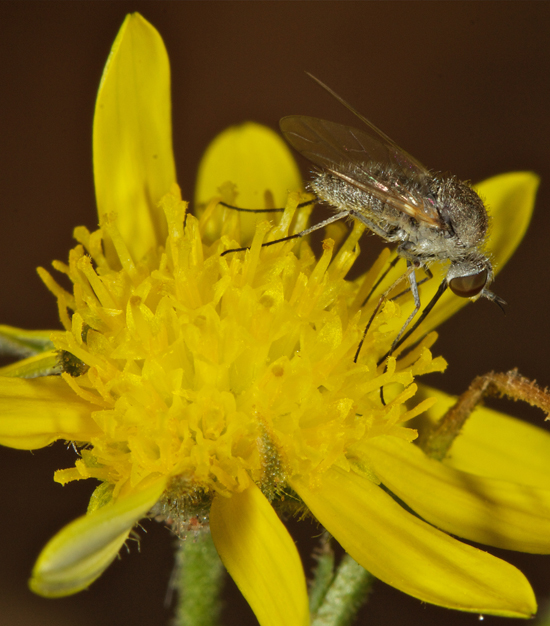
© ExFmem
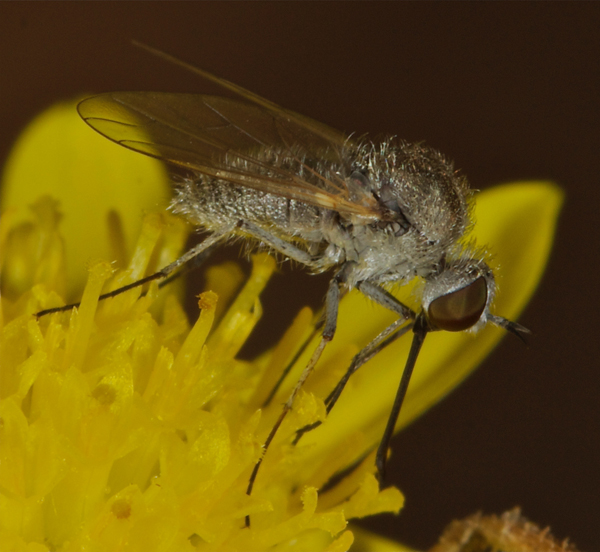
© ExFmem
Kgalagadi Transfrontier Park, MataMata camp
Explanation of Name:
Ancient Greek γέρων (gérōn): 'old man' (imagine a humpbacked man carrying a cane), due to the humpbacked appearance.
Geron is a cosmopolitan genus with 64 species from the Afrotropical region.
3 species recorded from Southern Africa: ;
Geron (P.) bezzii Paramonov,
G. (P.) heteropterus Wiedemann,
G. (P.) luctuosus Bezzi.
Larvae are endoparasitoids in the pupae of Lepidoptera, including Psychidae, Pyralidae and Sesiidae. (The vast majority of Bombyliidae are ectoparasitoid; endoparasitoids are known in only three tribes belonging to the Toxophorinae, Gerontini and Systropodini and Anthracinae, Villini).
Geron species parasitise larvae and pupae of Lepidoptera which develop in concealed habitats (stem borers, leaf rollers, bagworms).
Genus Geron Meigen
Description
Not mimics of Hymenoptera!
Many species of
Geron are similar in outward appearance. They need dissection to determine species. There are 64 species in Africa (most in southern Africa).
Head: Male eyes holoptic; female eyes dichoptic; front in male small, triangular, with shining white or silverwhite scales, hair normally wanting; antennal flagellum with subapical sulcus containing stylus; antenna black, scape cylindrical, one and onehalf to three times the length of pedicel; pedicel about as wide as long; first flagellomere narrow, elongate, tapering from broadened base to acuminate apex; style minute, apical; proboscis narrow, elongate, extending beyond oral margin one and onehalf to two times the head height; palpus short, onesegmented.
Thorax: Mesonotum convex giving a humpbacked appearance to the habitus in profile; scutellum without bristles. Thorax not elongate. Body with fine setulae and scattered scales, usually whitish or brownish. Legs thin, tibiae and tarsi with small setae; fore tibial bristles usually minute; females with or without specialized palynophilic setae on fore tarsi; legs with white hair and scales; pulvilli present, about as long as claws.
Abdomen: Tubular, tapering from base to narrowed apex; slightly broader in females, narrower in males; both sexes with eight visible segments.
Wing: Hyaline to slightly infumate, with two submarginal and three posterior cells; anal cell closed at or slightly before wing margin; crossvein rm at or beyond middle of cell dm; second submarginal cell short, about as long as apical width; crossvein mcu sinuous, occasionally straight); anal lobe moderately developed.

- Geron wings. 27, G. nigripes Painter. 28, G. rufipes Macquart..png (41.74 KiB) Viewed 2773 times
Geron subgenus Pseudoammictus
Base of cell r 4 (second submarginal) more or less level with apex of discal cell; genae broad and distance between eyes across oral cavity much wider than across face below antennae; males dichoptic, eyes separated by at least width of median ocellus; spicules on tibiae confined to apical halves; thorax not markedly humped and deep
The subgenus
Pseudoammictus is endemic to South Africa/Lesotho with 3 species recorded:
G. Pseudoamictus bezzii (Western Cape & Northern Cape);
G. (P.) heteropterus (Western Cape);
G. (P.) luctuosus (Lesotho).
Links:
http://hbs.bishopmuseum.org/bombcat/worldcat1-new.pdf
http://treatment.plazi.org/id/FB38C637F ... 10DB84FB5A
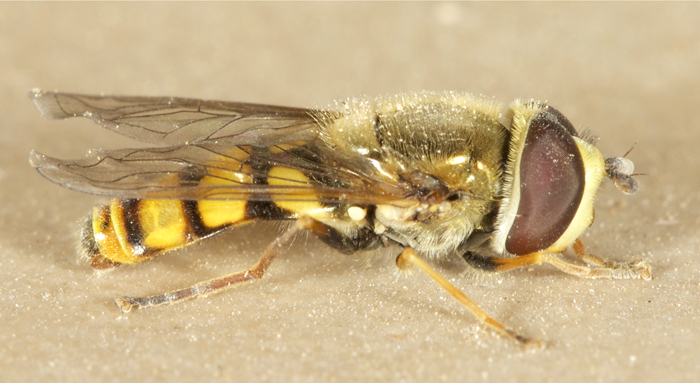
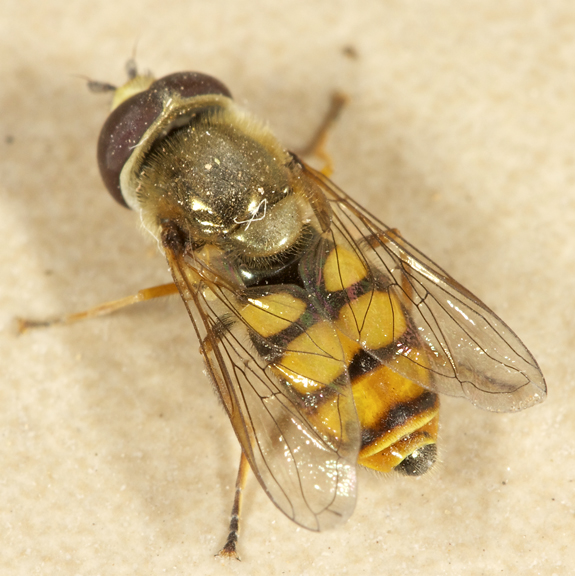
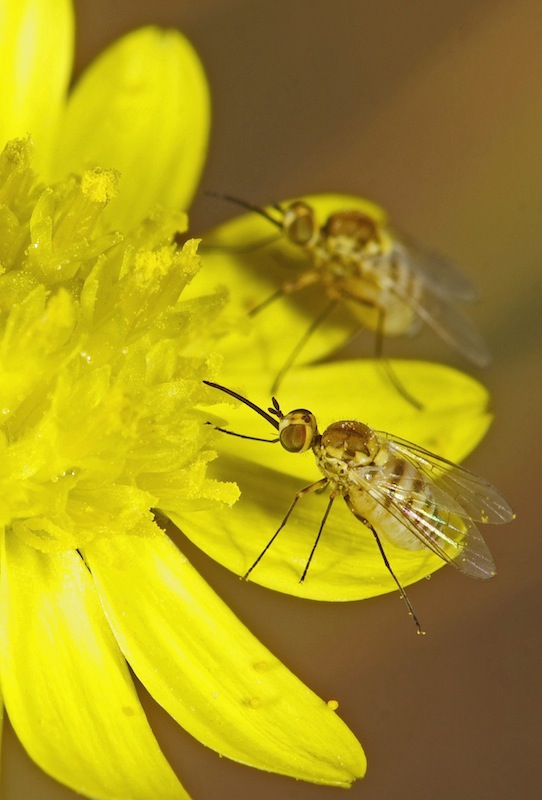 © ExFmem
© ExFmem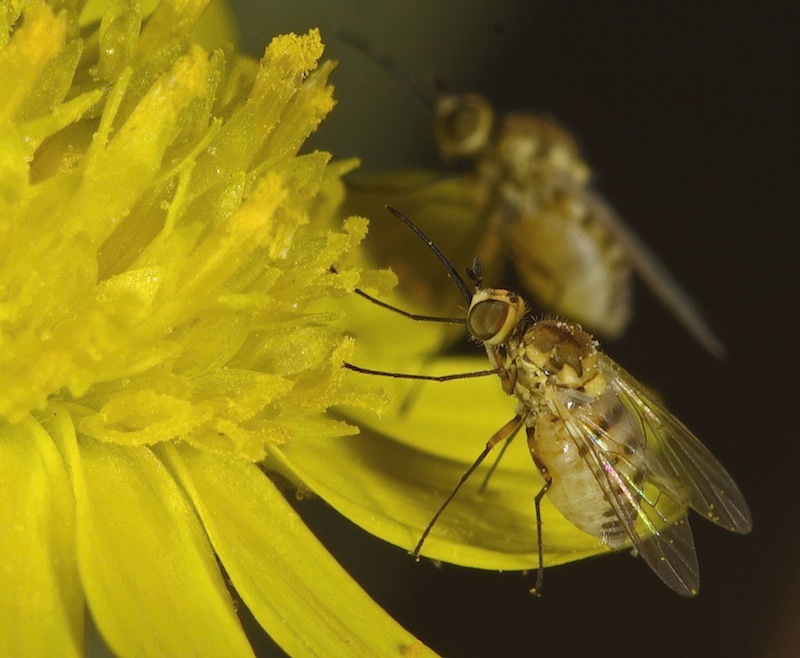
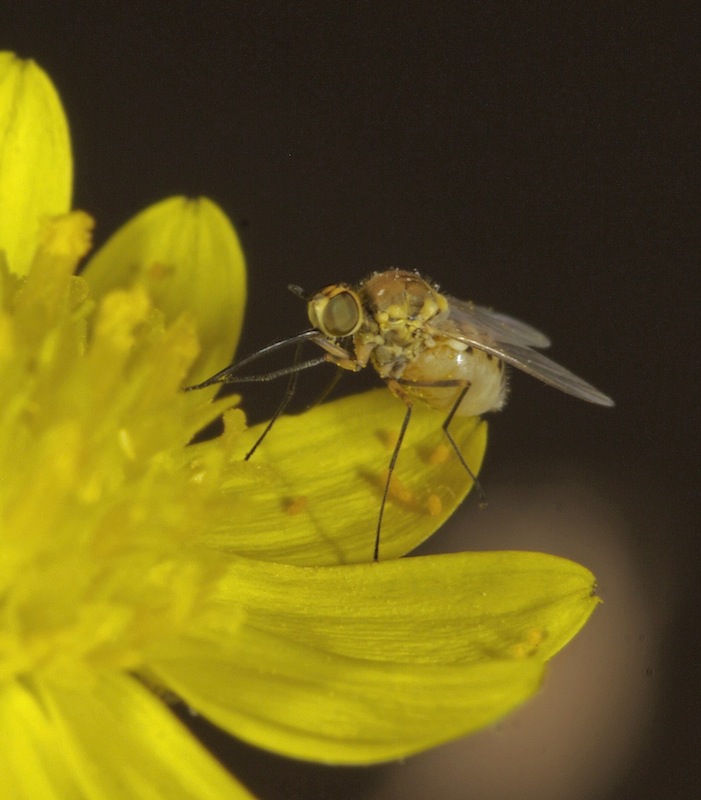 © ExFmem
© ExFmem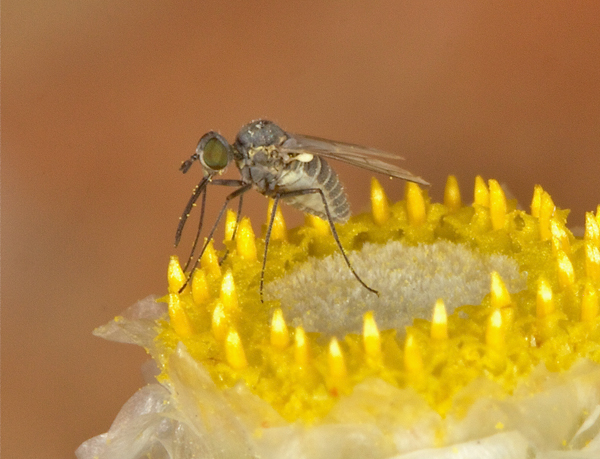 © ExFmem
© ExFmem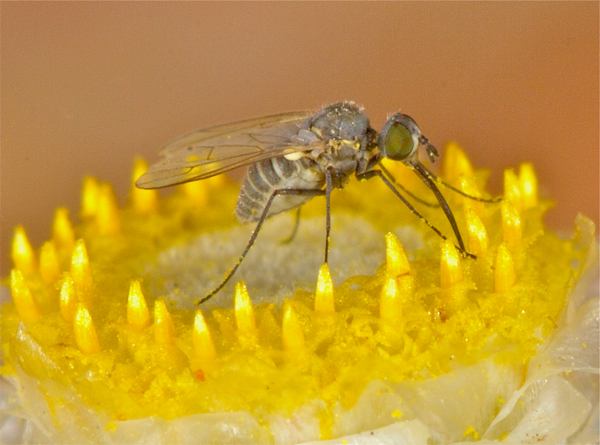 © ExFmem
© ExFmem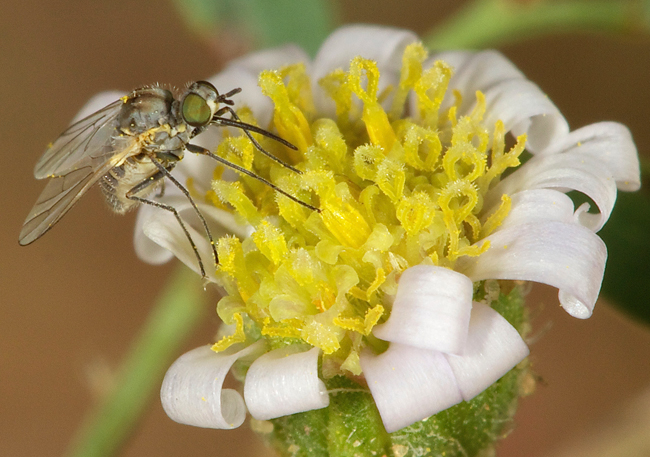 © ExFmem
© ExFmem © ExFmem
© ExFmem © ExFmem
© ExFmem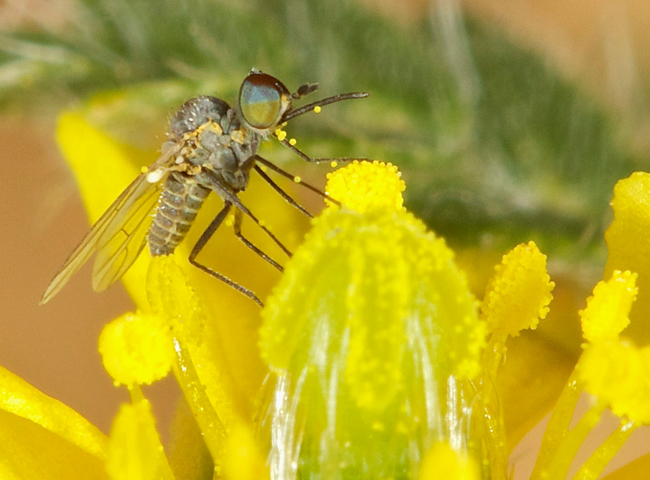 © ExFmem
© ExFmem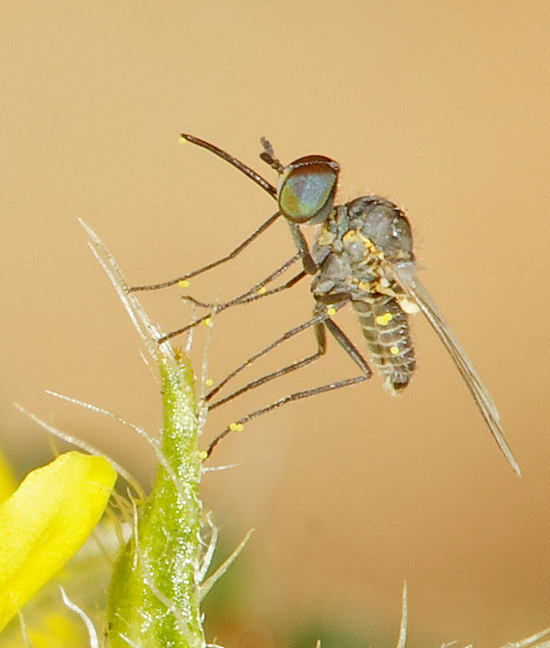 © ExFmem
© ExFmem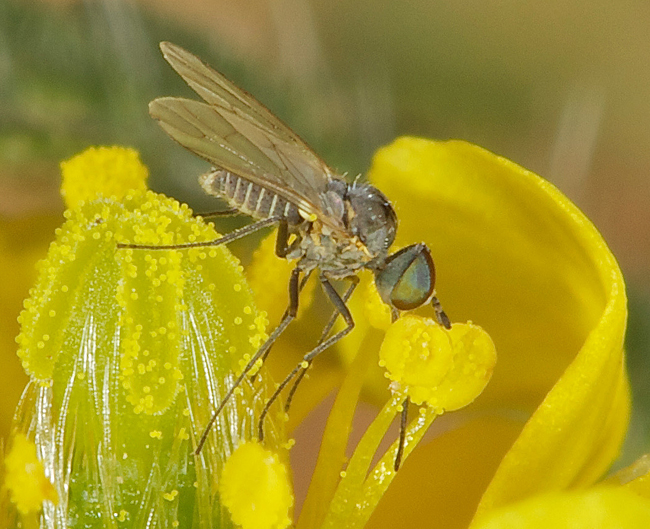 © ExFmem
© ExFmem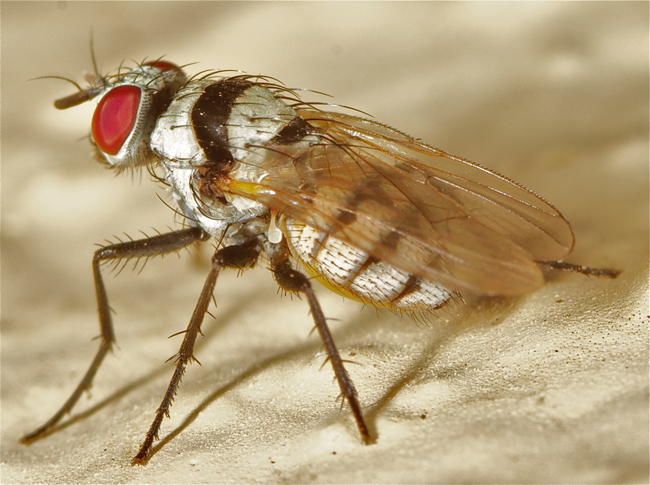 © ExFmem
© ExFmem